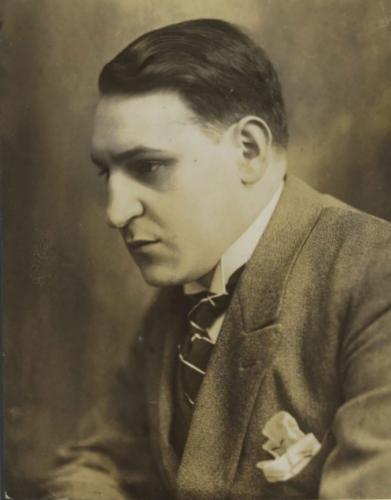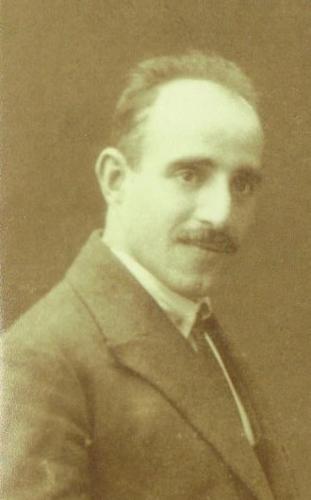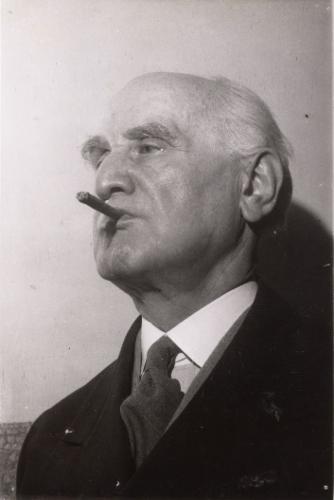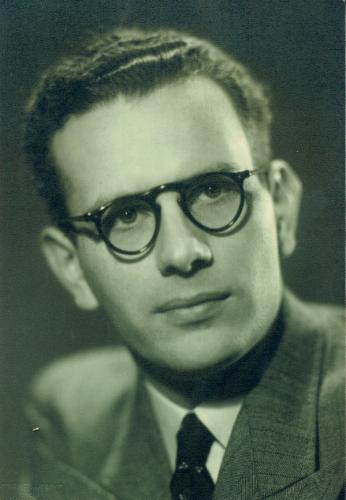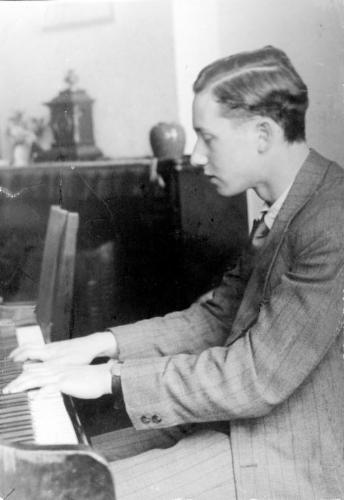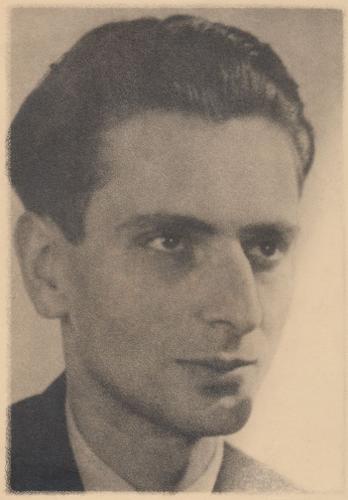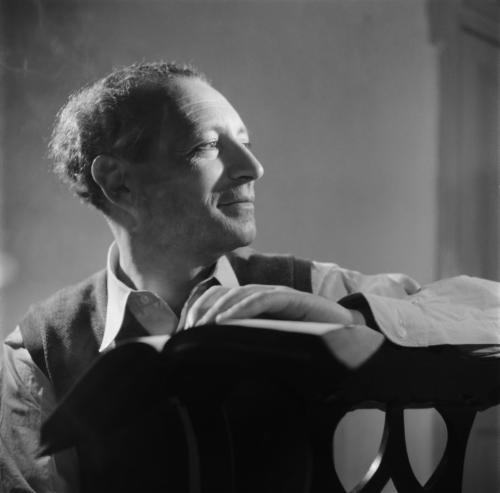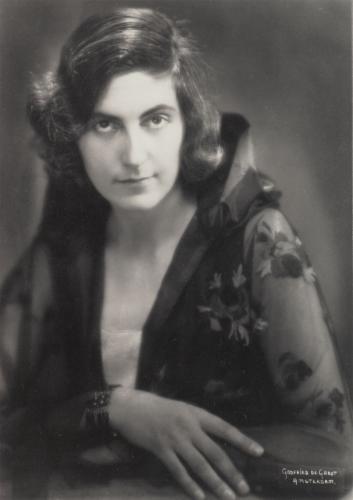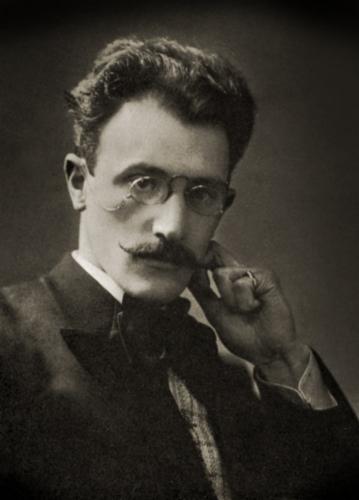featured composer
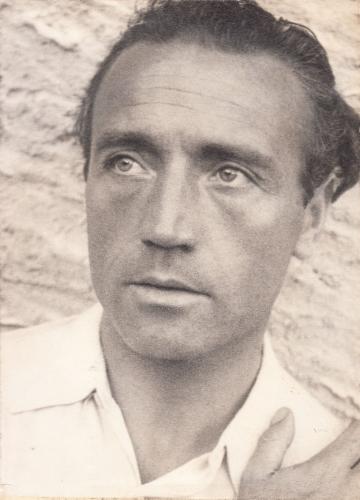
Leo Kok (1893 - 1992)
The term ‘homo universalis’ or Renaissance Man originated as a description of individuals, that helped humanity escape the dark ages by virtue of their open minds and tenacious pursuit of new knowledge. Leo Kok was such a polymath in his own lifetime, the twentieth century; a gifted football player, a pianist of the highest level, a vocal coach, a composer. He also had a great interest in literature and politics. As an anti-fascist activist he joined the resistance … more

